This device has the requirement to go into Ultra Deep Sleep (UDS) and wake up every hour or once a day, transmit some data via LoRa and go back to sleep again. UDS is not like the deep sleep function in an ESP 32 chip as it can shuts down multiple modules, including the MCU and completely isolates them from the power supply. It's very easy to get current leakage into modules that are supposed to be disabled and UDS cures this problem very nicely. The modules that currently require isolation from the power are the 5.5V buck booster, the ESP32 MCU and the EBYTE LoRa and any sensors wired into the device are automatically put into UDS by default. There's even a sleep sate beyond UDS which even seems to shut down the logic gates called Beyond Ultra Deep Sleep (BUDS). This state is controlled by the AEMLION energy harvester and reduces the quiescent current down to an obscene 60 nA! UDS has been measured at 240 nA, which aint to scruffy either.
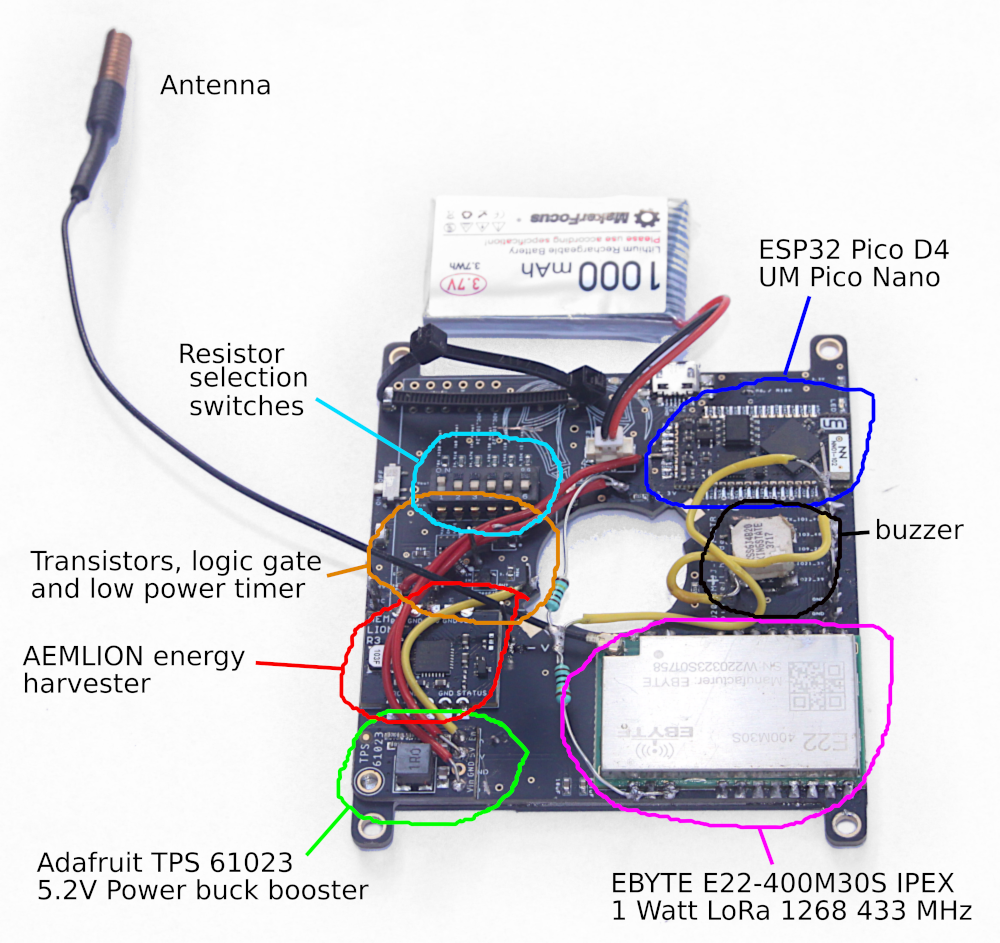
The UDS time is set by a resistor switch bank by simply flicking various switches in the correct order and the longest time interval is 2 hours which means the ESP32 needs to momentarily wake up, count how many times it has previously booted up and go back into UDS if the count is not high enough. Fortunately, the number of electrons needed to do this is fairly minimal.
In theory, this project should have been fairly simple but, unfortunately, the timer chip did not behave as described by the data sheet and currently the longest time interval is a pathetic 10 minutes. Rather than settle for mediocrity, it seems to be worth wrangling with some logic gates to make use of the short pulse that can be reliably detected from this chip and turn it into something more useful.
Once finished, the device should be fairly useful and various sensors could be wired into it or just used 'asis' to hack into the neighbour's WIFI (with permission, of course!). Having onboard 1 watts of LoRa means it's much more likely that the radio waves transmitted can reach a local node and communicate with the Interwebs. If it only transmits once a day it should be able to retain a good amount of charge in the battery, even in the depths of Winter. A winter on the North or South pole might be challenging though!, but with BUDS it might well just wake up in the Spring and start transmitting again. Hopefully there would be a LoRa gateway in range.
Project partially sponsored by Seeed Studio: https://www.seeedstudio.com/pcb-assembly.html
Support any of my projects, check out my Amazon Wishlist here: https://www.amazon.co.uk/hz/wishlist/ls/3AW6R7V5BVU3R?ref_=wl_share
Patreon donations can be made here: https://www.patreon.com/Goat_I
 Capt. Flatus O'Flaherty ☠
Capt. Flatus O'Flaherty ☠ The timer and logic circuit is shown in the photo above and occupies a footprint of 20 x 15 mm. There's plenty of opportunity for a bit more hacking, with pads for extra resistors and tracks for slight changes in the circuit, but for now it seems to work fine.
The timer and logic circuit is shown in the photo above and occupies a footprint of 20 x 15 mm. There's plenty of opportunity for a bit more hacking, with pads for extra resistors and tracks for slight changes in the circuit, but for now it seems to work fine. Using one of my universal prototyping boards, I rigged up some gates along with the timer chip in the hope of being able to get the full range of time intervals that should be available from the timer. So far the max has been 30 minutes before the circuit started to fail. 2 hours is the ultimate goal.
Using one of my universal prototyping boards, I rigged up some gates along with the timer chip in the hope of being able to get the full range of time intervals that should be available from the timer. So far the max has been 30 minutes before the circuit started to fail. 2 hours is the ultimate goal.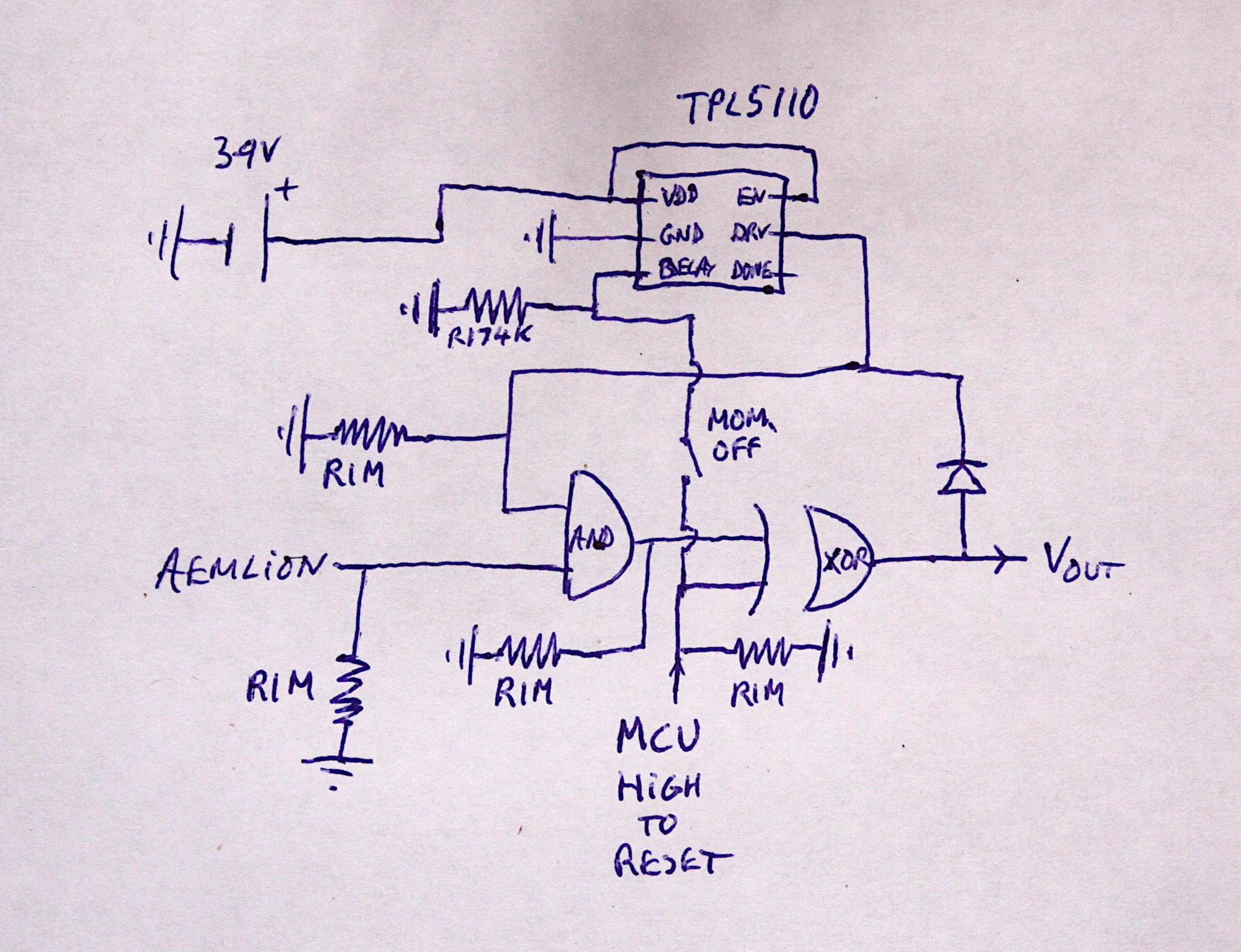
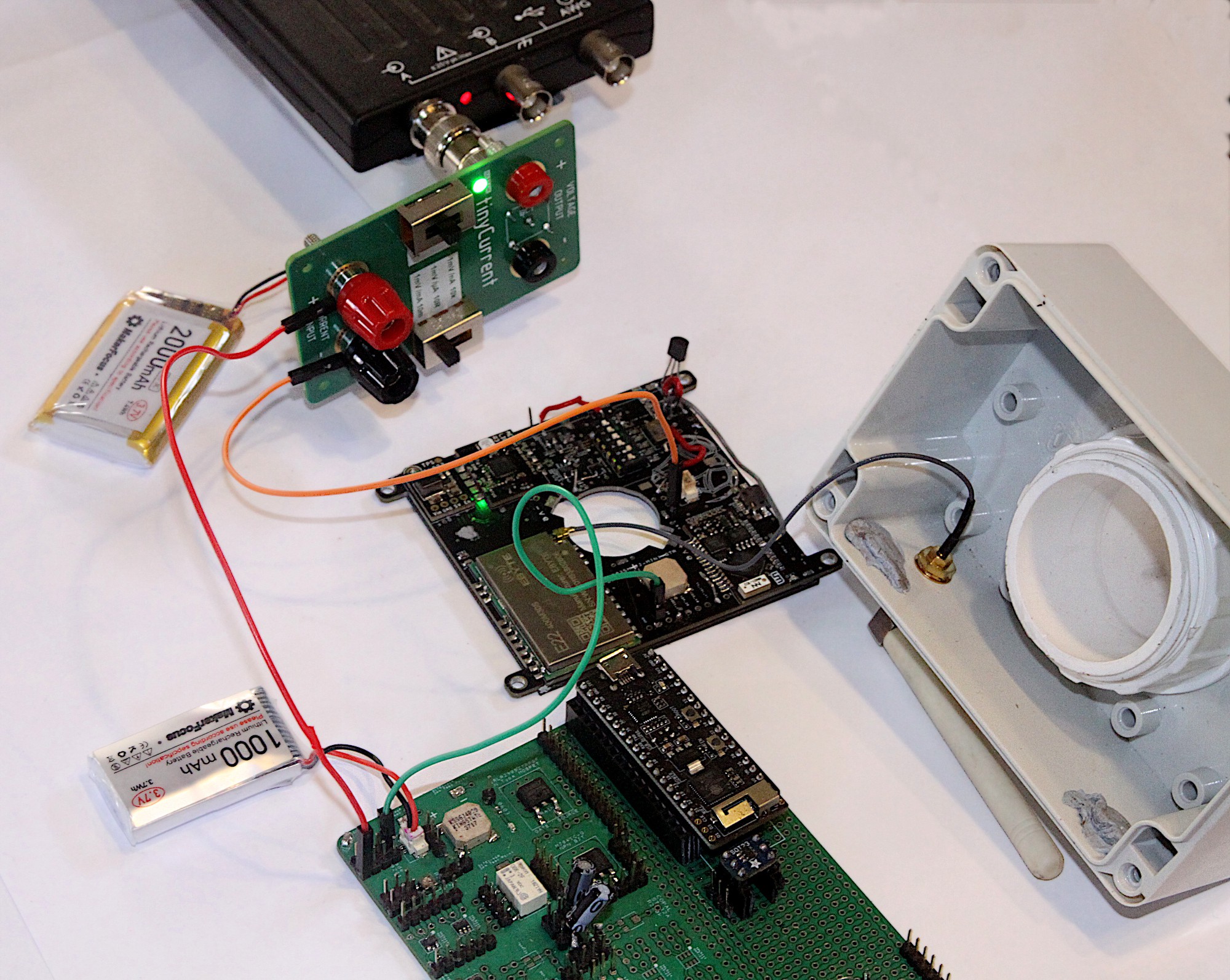
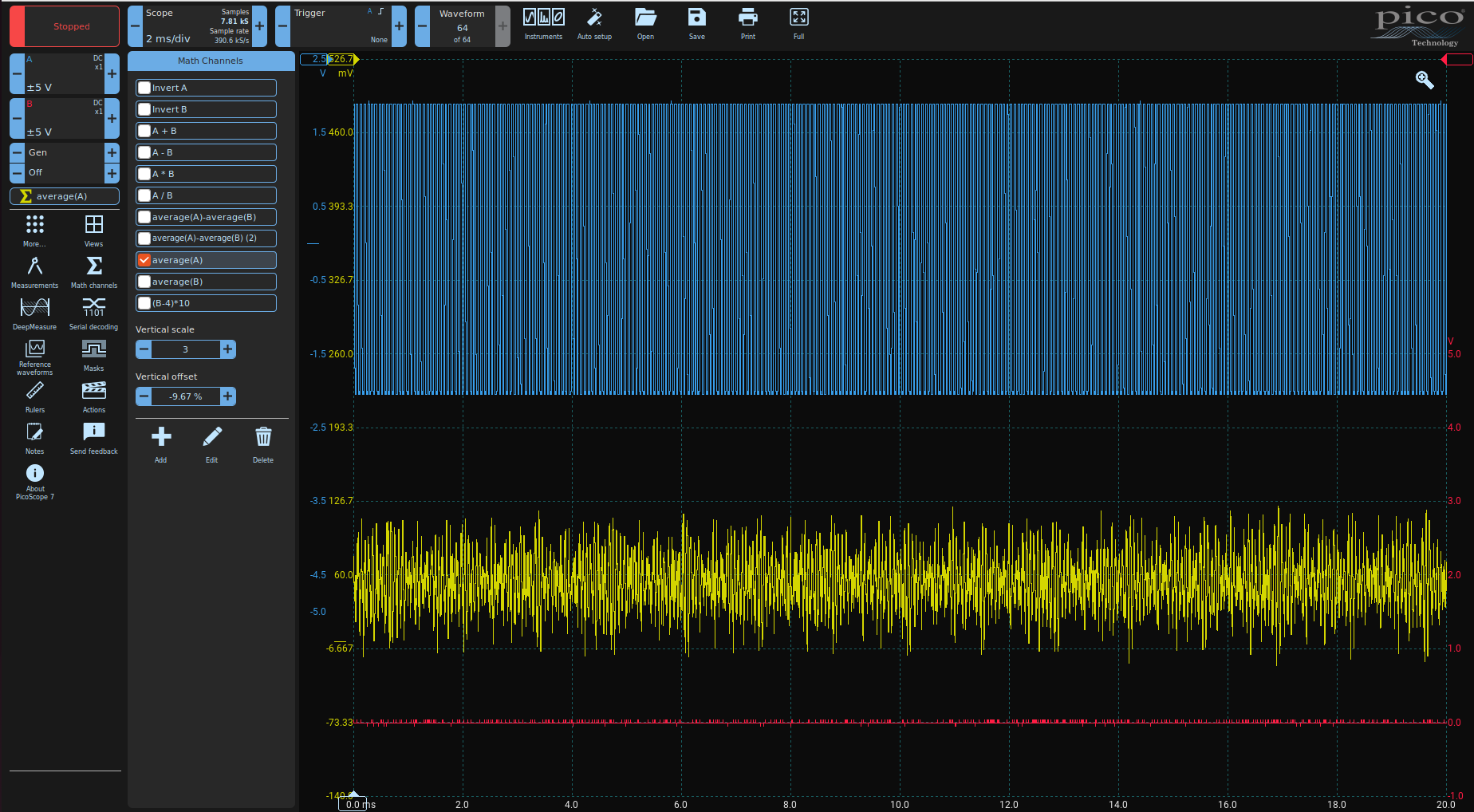
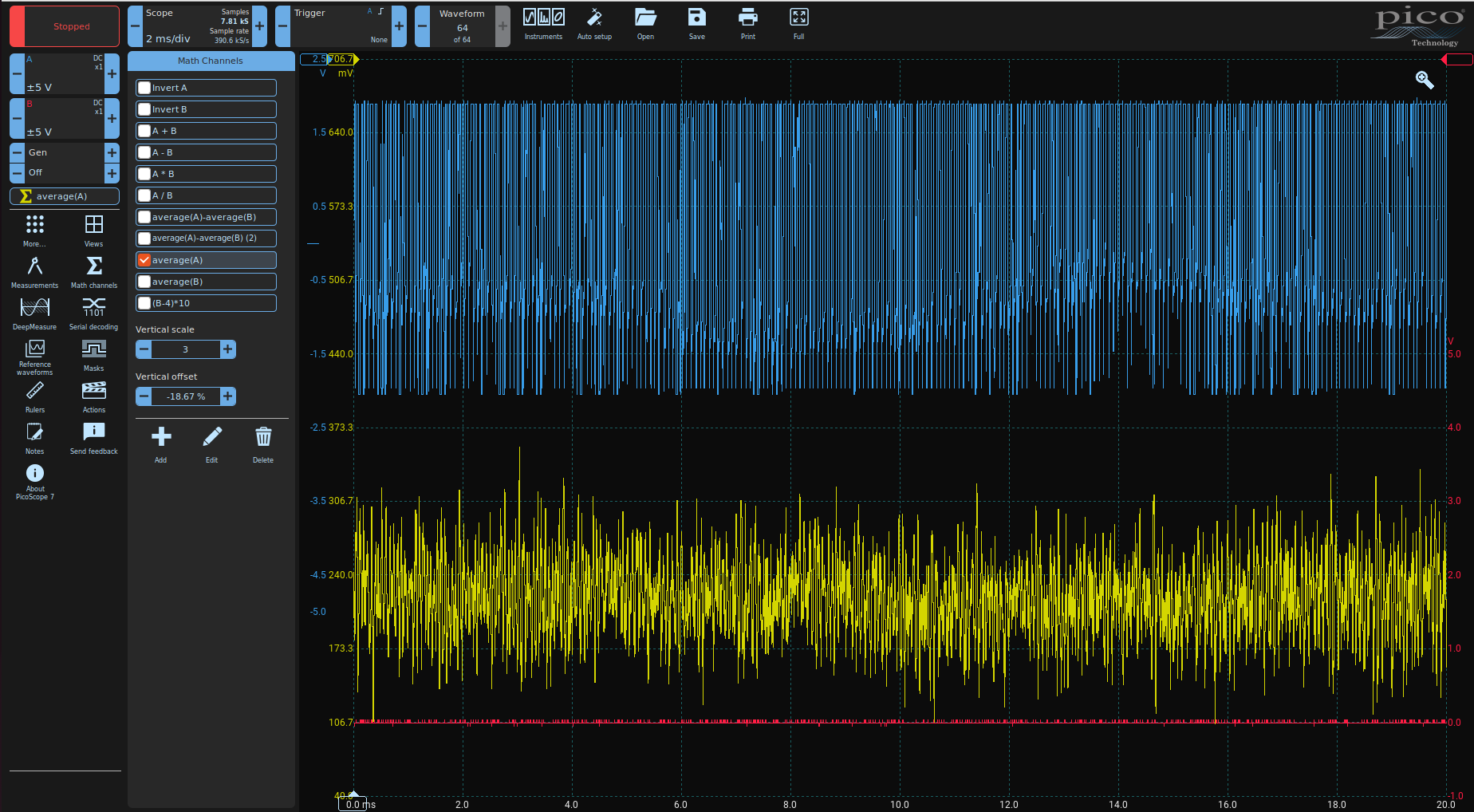
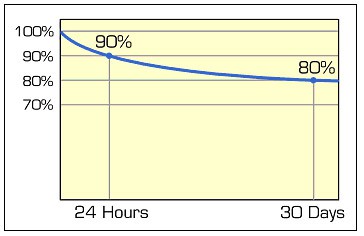
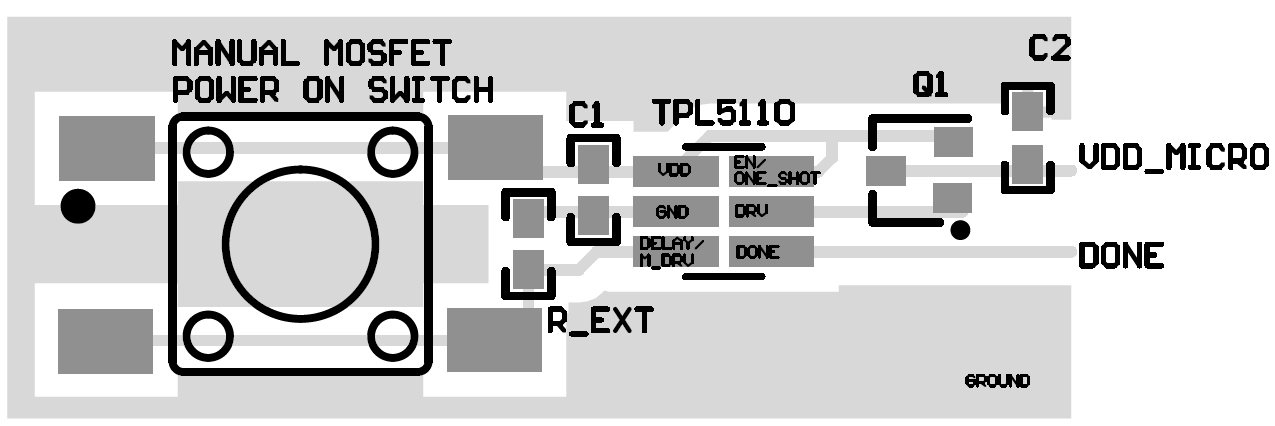 Above is the recommended layout for the TPL5110 Timer, which is done like this to reduce parasitic capacitance which in turn will mess up programming of the timer. What is does not show is that the tracks to the MCU itself should also be as short as possible.
Above is the recommended layout for the TPL5110 Timer, which is done like this to reduce parasitic capacitance which in turn will mess up programming of the timer. What is does not show is that the tracks to the MCU itself should also be as short as possible. 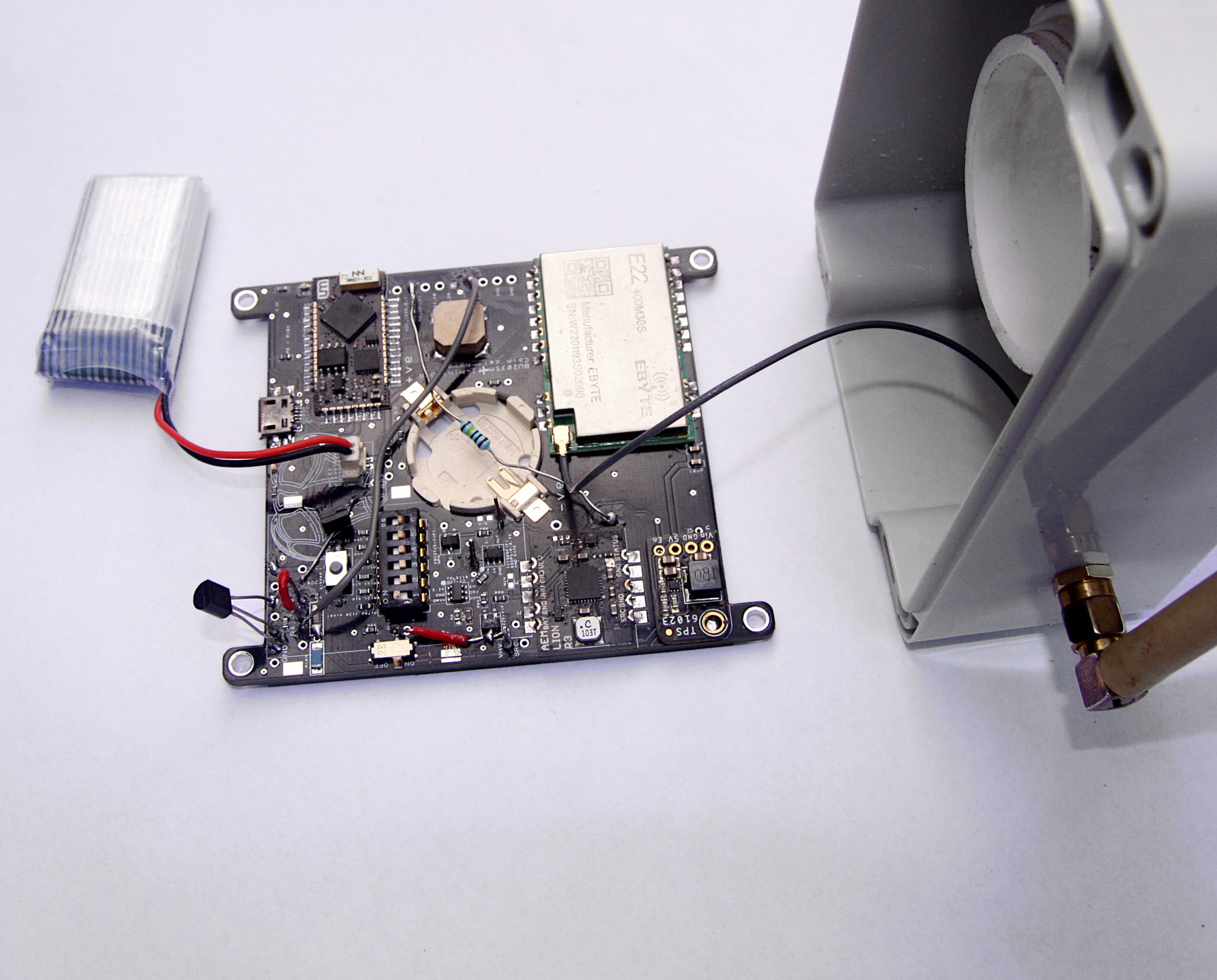 One of the problems in the previous iteration of the design was that the TPL5110 timer chip could not be programmed properly with the connection to the MCU pin used to reset it in place. This current design allows a choice of a resistor or a NC momentary switch. I tried a few resistors, but none worked so resorted to the switch, which needs to be held down when the timer and gate circuit is turned on by the slide switch. Hey presto! I can now get a time interval of exactly 123 minutes, which is almost perfect. The problem with having to wait 3 hours before re-programming the timer chip was solved by simply making a connection to GND on the slide switch so that the timer and gate power supply is not only disconnected from the battery by the slide switch, but also connected to GND when turned off.
One of the problems in the previous iteration of the design was that the TPL5110 timer chip could not be programmed properly with the connection to the MCU pin used to reset it in place. This current design allows a choice of a resistor or a NC momentary switch. I tried a few resistors, but none worked so resorted to the switch, which needs to be held down when the timer and gate circuit is turned on by the slide switch. Hey presto! I can now get a time interval of exactly 123 minutes, which is almost perfect. The problem with having to wait 3 hours before re-programming the timer chip was solved by simply making a connection to GND on the slide switch so that the timer and gate power supply is not only disconnected from the battery by the slide switch, but also connected to GND when turned off.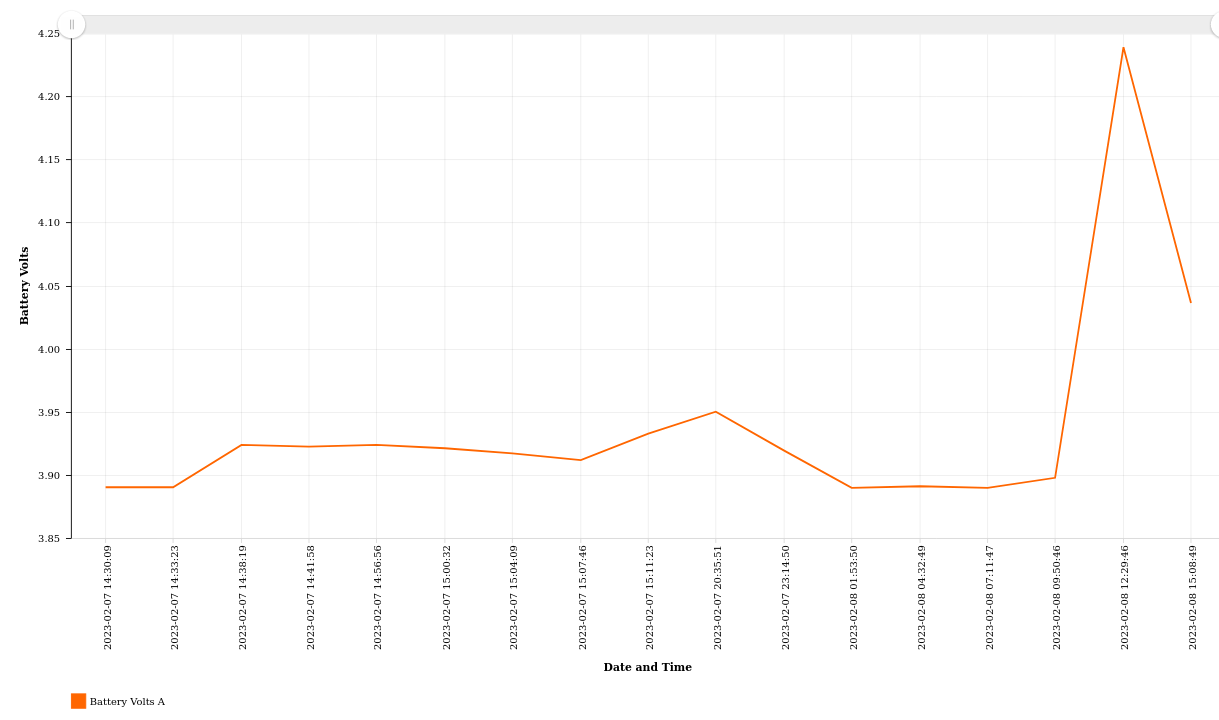 It's been moderately sunny here, so the battery got a nice boost of charge up to 4.2 volts and did not over reach the MCU pin like before. Success! Not exactly sure why it was so difficult, but believe it's something to do with internal resistors in the ESP D4 chip . Testing this device is made more difficult by the TPL5110 timer chip which tends to throw a wobbly when parts of the circuit are changed. For example, it takes a full 3 hours of being left unconnected to the battery or any other power source, before the chip becomes resetable. Could be an internal capacitor holding onto the programmed time value and refusing to let go!
It's been moderately sunny here, so the battery got a nice boost of charge up to 4.2 volts and did not over reach the MCU pin like before. Success! Not exactly sure why it was so difficult, but believe it's something to do with internal resistors in the ESP D4 chip . Testing this device is made more difficult by the TPL5110 timer chip which tends to throw a wobbly when parts of the circuit are changed. For example, it takes a full 3 hours of being left unconnected to the battery or any other power source, before the chip becomes resetable. Could be an internal capacitor holding onto the programmed time value and refusing to let go!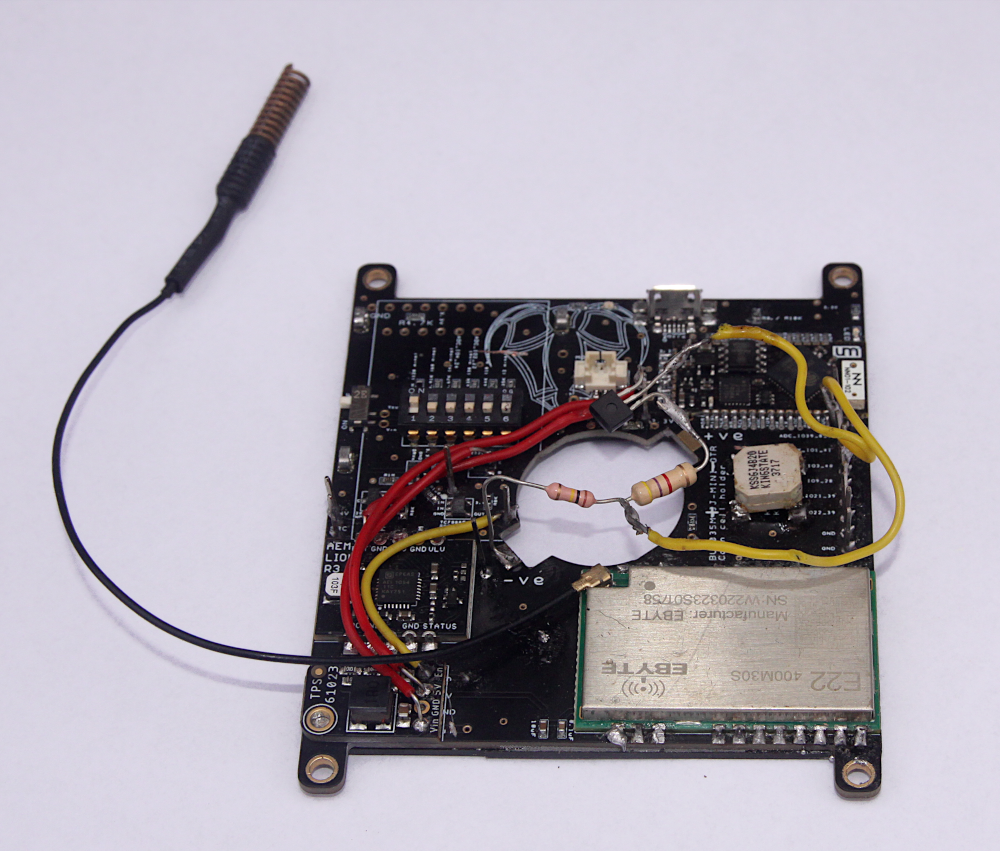
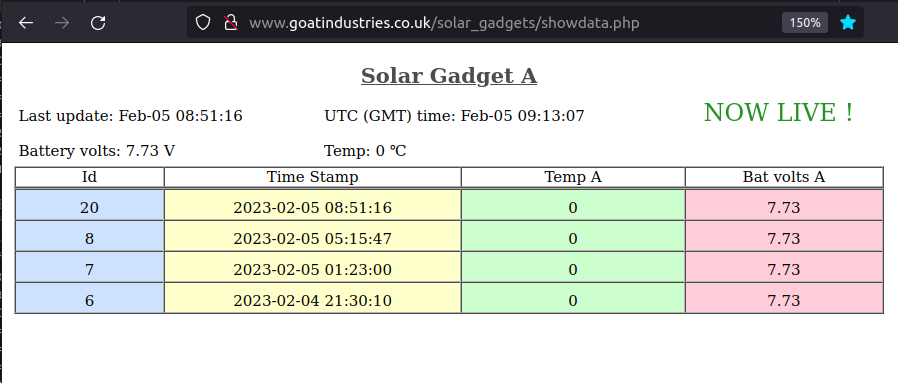
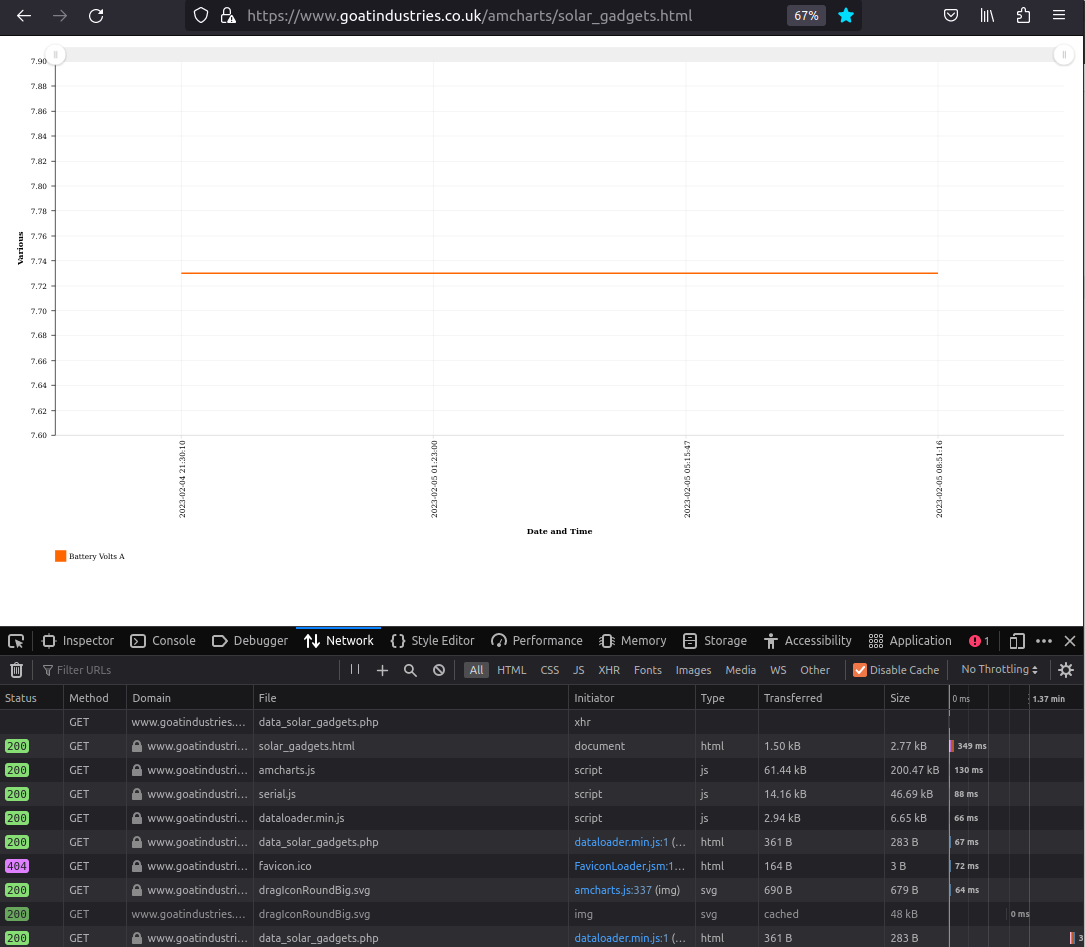


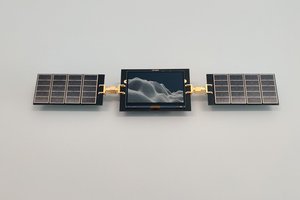
 Jelle Reith
Jelle Reith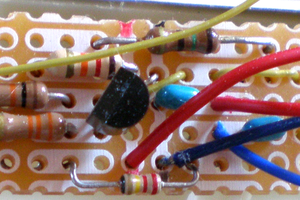
 PuceBaboon
PuceBaboon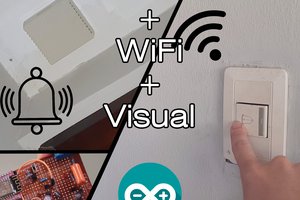
 Octavio.Makes
Octavio.Makes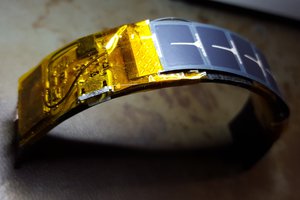
 DrYerzinia
DrYerzinia
Hi, did you finish ironing the small problems? I would like to replicate your project, I like it very much!